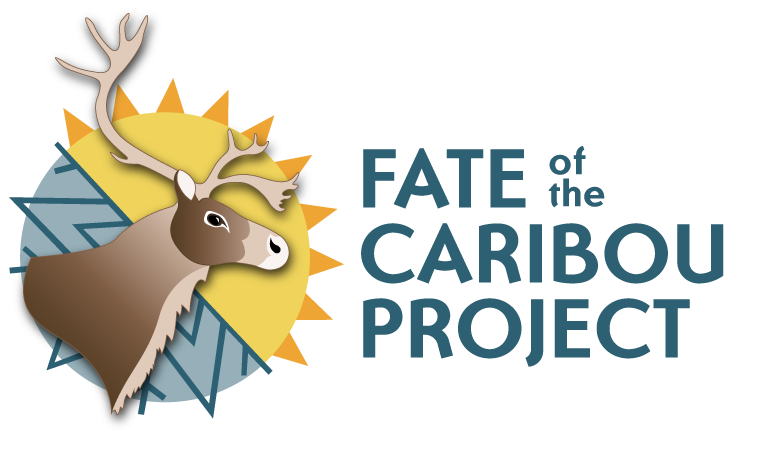
Arthouse Studio

Arthouse Studio
The Fate of the Caribou Project is supported through numerous grants and partnerships. This is a non-exhaustive list. Any views expressed on this site or in Fate of the Caribou Project materials are those of the author(s) and do not necessarily reflect the views of our funding partners. Thank you to all of our funding partners for seeing the value and importance of our collaborative work.
Read our annual National Science Foundation annual progress reports: